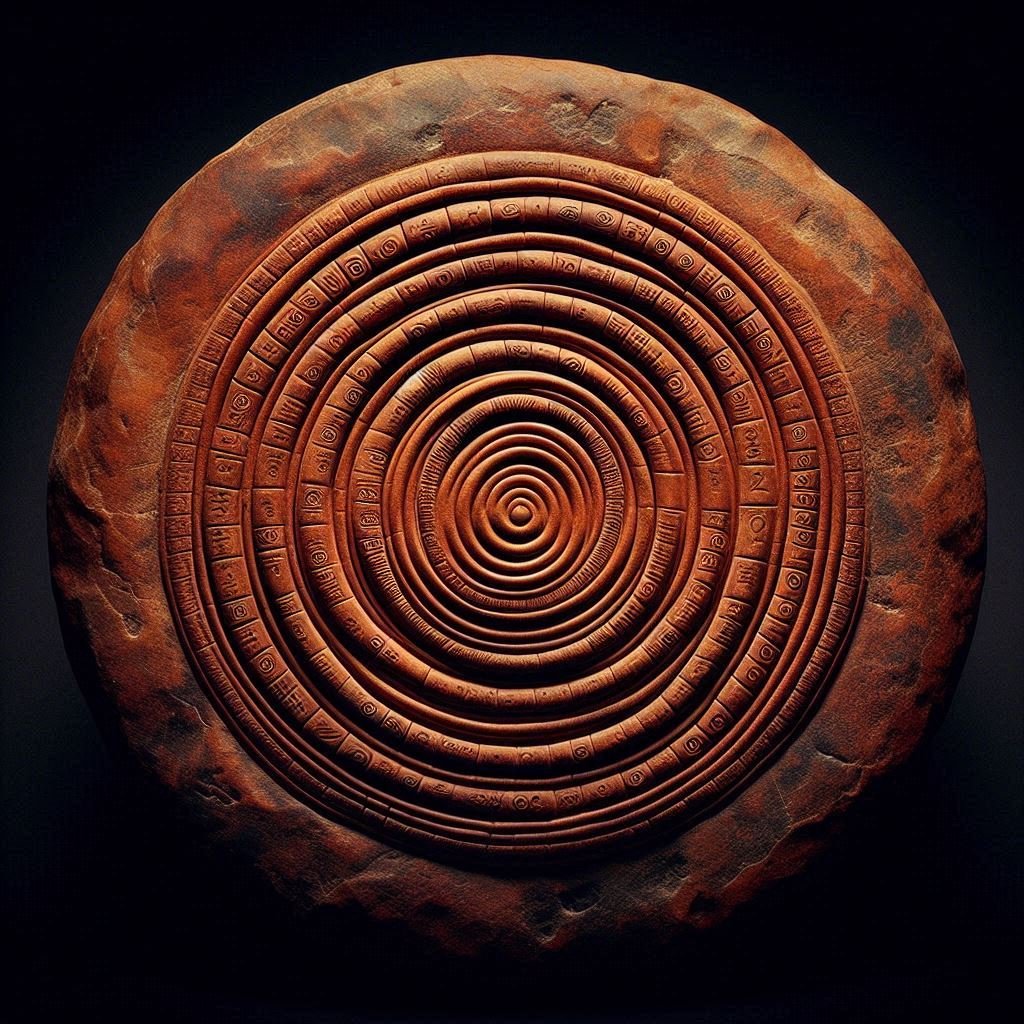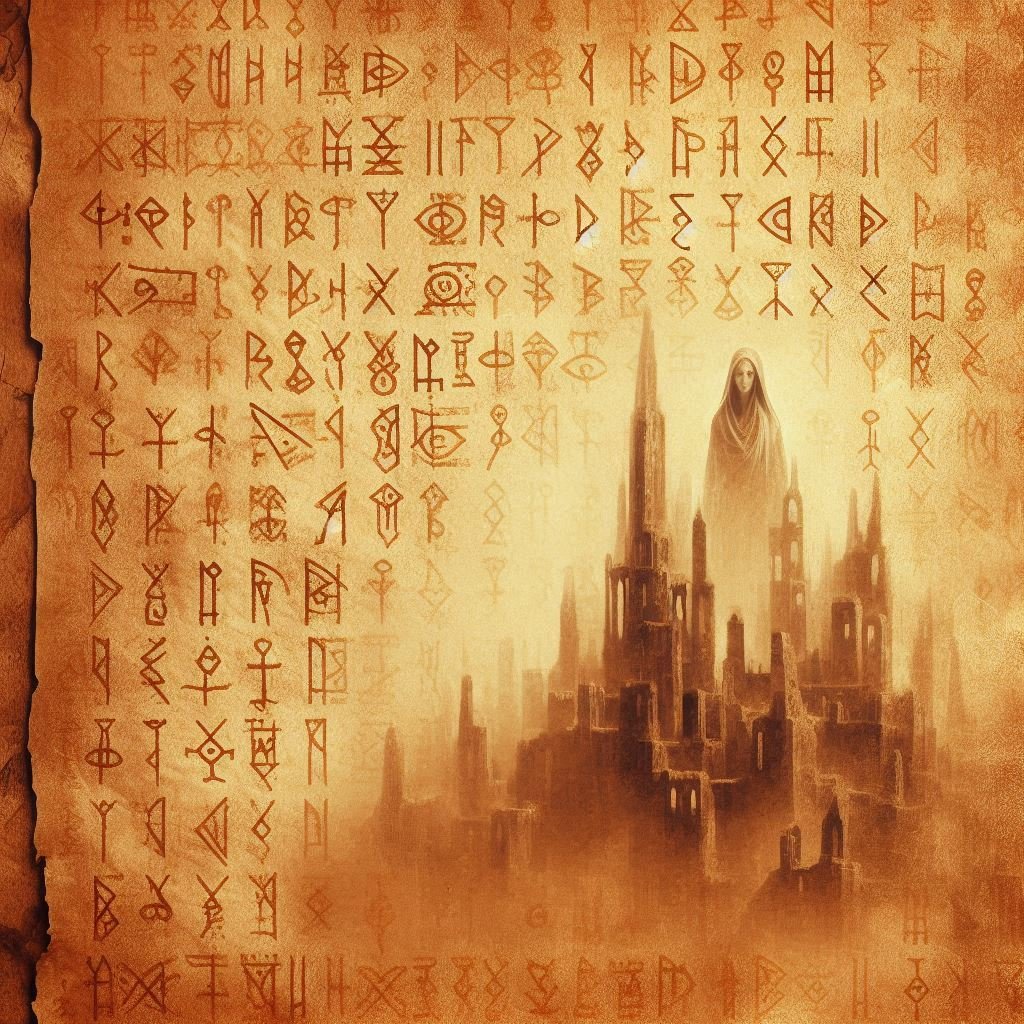True stories so strange, they’re hard to believe.
From freak coincidences to one-in-a-million events, these tales sound like fiction—but every one of them really happened.
In 1908, archaeologist Luigi Pernier uncovered a small clay disc in the ruins of a Minoan palace on Crete. Covered in 241 stamped symbols spiraling from edge to center, the disc’s meaning remains a mystery to this day. Scholars, cryptographers, and amateurs have tried to decode it for over a century, but the Phaistos Disc refuses to give up its secrets. Was it a message, a prayer, a calendar, or something far stranger? This is the story of the disc that has puzzled humanity for over 3,700 years.
The Great Sphinx of Giza, a monumental guardian carved from the very bedrock of Egypt, is conventionally believed to be around 4,500 years old, a masterpiece from the reign of Pharaoh Khafre. Yet, a compelling geological theory challenges this long-held belief, suggesting the Sphinx is far older, perhaps 10,000 to 12,000 years old. This radical idea stems from observed water erosion patterns on its limestone surface and enclosure walls, features that geologists argue could only have been caused by prolonged, heavy rainfall from a much wetter ancient climate, thousands of years before dynastic Egypt. This debate, pitting archaeological consensus against geological evidence, could potentially rewrite the entire timeline of human civilization, transforming the Sphinx into a silent testament to a lost, advanced culture.
Alexander the Great, the legendary conqueror who forged an empire stretching from Greece to India, died suddenly in Babylon in 323 BC. His body, a powerful symbol of legitimacy, was famously diverted to Egypt by his general Ptolemy I, eventually interred in a magnificent tomb, the Sema, in Alexandria. For centuries, this tomb was a revered pilgrimage site, visited by Roman emperors like Julius Caesar and Augustus. However, by the late 4th century AD, mentions of the tomb become vague, and it eventually vanished from historical record. Despite centuries of searching and numerous modern archaeological quests beneath the bustling streets of Alexandria, the final resting place of Alexander the Great remains one of history's most tantalizing and profound unsolved mysteries, a testament to the secrets time can bury.
Imagine a book, centuries old, its pages filled with a flowing script no one can read and illustrations of plants that don't exist. This is the Voynich Manuscript, a mysterious codex rediscovered in 1912 that has baffled cryptographers, linguists, and historians for over a century. Carbon-dated to the early 15th century, its 240 vellum pages feature sections on botany, astronomy, and biology, all rendered with bizarre, fantastical drawings and an undeciphered language. Despite countless attempts by the brightest minds, from World War codebreakers to modern computer analysts, the manuscript's secrets remain locked away, an enduring enigma that challenges our understanding of lost knowledge and the limits of human decipherment.
In 1900, sponge divers off the coast of Antikythera, Greece, discovered an ancient Roman shipwreck. Among its treasures was a heavily corroded lump of bronze and wood, initially dismissed as insignificant. But in 1902, an archaeologist noticed something extraordinary: intricate gear wheels hidden beneath the crust. This was the Antikythera Mechanism, a device so complex it's now considered the world's first analog computer. Dating back to around 60 BC, this marvel of ancient Greek engineering could predict celestial movements, lunar phases, and even eclipses, pushing back the known history of such sophisticated technology by over a thousand years and revealing a lost chapter of human genius.
Imagine this.
You’re 17 years old, sitting on an airplane, watching the Amazon rainforest slide by beneath you.
It’s supposed to be a short flight — just an hour. The sky is clear. Everything feels… safe.
But then… you notice something.
Out the left window… clouds. Big ones. Black ones. And the further you fly, the more the cabin starts to shake.
At first, it’s just a few bumps. Nothing unusual.
But then… the turbulence gets violent. Bags start falling from the overhead compartments. People are gripping their armrests so tightly their knuckles turn white.
And then… there’s a flash.
Lightning.
The sound that follows is unlike anything you’ve heard — like the sky splitting open.
And before you can even process what’s happening…
the entire plane…
blows apart.
You are suddenly outside… still strapped to your seat… falling.
You’re not screaming. You’re in shock. All you can hear is the roaring wind and the rushing blur of green racing toward you.
And then — black.
On August 16, 1942, a U.S. Navy blimp, the L-8, took off from California for a routine anti-submarine patrol with two experienced airmen aboard. Hours later, it was spotted drifting erratically, its engines still running, before gently landing on a beach. But when investigators boarded, they found the blimp perfectly intact, all equipment in order, yet the pilot and co-pilot were gone. Vanished. Without a trace. No bodies, no struggle, no explanation. This chilling incident became one of WWII's most baffling unsolved mysteries, leaving behind a ghost ship and an enduring question: What truly happened aboard the L-8?
On November 22, 1987, Chicago TV viewers witnessed a bizarre, unprecedented event: a grotesque, masked figure, mimicking pop culture icon Max Headroom, hijacked two local stations. The first intrusion on WGN-TV's news was brief, but the second, during WTTW's 'Doctor Who,' lasted 90 unsettling seconds, featuring garbled rants and a shocking display. This audacious act of signal piracy, a technical marvel for its time, left millions stunned and sparked a massive FCC investigation. Yet, despite extensive efforts, the identity and motives of the Max Headroom pirate remain an unsolved mystery, a chilling reminder of the airwaves' vulnerability and a lasting pop culture enigma.
In January 2012, a cryptic image appeared on 4chan: a black cicada, and a message seeking 'highly intelligent individuals' for a test. This was the beginning of Cicada 3301, a multi-stage online puzzle that quickly captivated cryptography enthusiasts worldwide. It led participants through a labyrinth of ciphers, ancient texts, music, and even physical locations across the globe. Appearing annually for three years, its creators remained utterly anonymous, their purpose unknown, their methods brilliant. Was it an intelligence agency, a secret society, or just a group of master pranksters? The ultimate identity and goal behind Cicada 3301 remain one of the internet's most enduring and fascinating unsolved riddles.
In 1867, a mysterious manuscript surfaced in the Netherlands: The Oera Linda Book. Claiming to be an ancient chronicle of a lost, matriarchal Frisian civilization dating back thousands of years, it presented a revolutionary history that challenged everything known about human origins. Written in a unique, runic-like script, it spoke of a sunken continent, global migrations, and a wise, peaceful people who predated all others. Was it a genuine relic from a forgotten age, or one of history's most elaborate literary hoaxes? Scholars quickly cried forgery, but for many, this enigmatic text remains a tantalizing whisper of a forbidden past, forever blurring the line between myth and history.










